The high-tech greenhouse Agrotopia is equipped with the latest cutting-edge cultivation techniques, including the first installation of the MITRA X FLEX. The MITRA X FLEX solution offers a flexible far-red spectrum, providing three spectra in one without losing power.
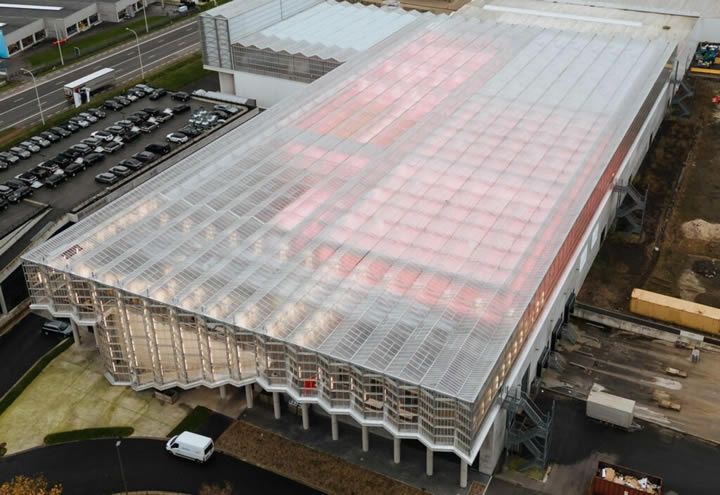 Revolutionizing Cultivation with Flexible Spectrum
Revolutionizing Cultivation with Flexible Spectrum

Case Study from | Heliospectra
Case study – Agrotopia
Agrotopia is equipped with the latest cutting-edge cultivation techniques, including the first installation of the MITRA X FLEX.
Background
Near the city center of Roeselare, there is a rooftop greenhouse for hydroculture research on leafy and fruit vegetables, known as AGROTOPIA. Agrotopia covers a total area of 9000m 2, with 6000 m2 of growing space divided into 13 compartments. As stated on the Agrotopia website, “Agrotopia is a platform where all horticultural stakeholders meet. Growers, research centers, technology providers and innovators are welcome to visit, demonstrate, display and discuss”.
It is part of the larger INAGRO research centre located in Beitem, where multiple research clusters are servicing the wider agricultural sector in Flanders.
Installation
The high-tech greenhouse Agrotopia is equipped with the latest cutting-edge cultivation techniques, including the first installation of the MITRA X FLEX. The MITRA X FLEX solution offers a flexible far-red spectrum, providing three spectra in one without losing power. The flexible far-red spectrum makes it ideal for customizable and application-based cultivation, such as light treatments with far-red at the end of the day or at specific times during production. The lights are controlled by Heliospectra’s control system helioCORE and PAR sensors are installed. The installation will be used for a variety of research applications, with current research being conducted on behalf of the LED FR project.
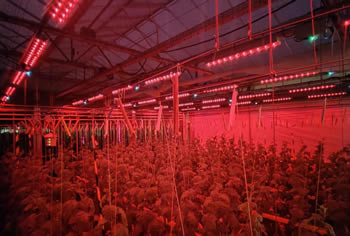
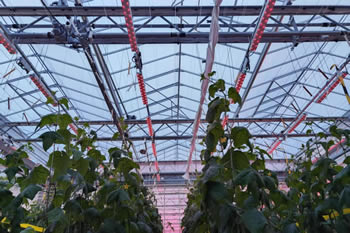
Revolutionizing Plant Growth with Flexible Spectrum Lighting
Bert Deruyck, horticultural innovation researcher at Inagro, is one of the users of the dynamic installation. He emphasizes the significant benefits of having the flexibility to tune the spectrum in terms of intensity and spectral composition. According to Deruyck, this capability is invaluable for exploring the potential of dynamic lighting.
“In the current horticulture research landscape, a lot of efforts are made to explore the potential of dynamic steering of the lights. On the one hand, it’s used to optimize the energy strategy, and on the other, it taps into the physiological needs of a plant,” he explains.
This flexibility is especially valuable for far-red research, as the physiological effects targeted by applying far-red are often growth stage specific.
Deruyck also highlights the advantages of the integrated far-red and PAR in one module. Unlike classical systems that often use add-on far-red modules next to existing PAR modules, the integrated approach eliminates the need for extra wiring and hardware components. This streamlined setup prevents additional parts from being installed above the plants, which can obstruct natural sunlight, thereby maintaining optimal conditions for plant growth.
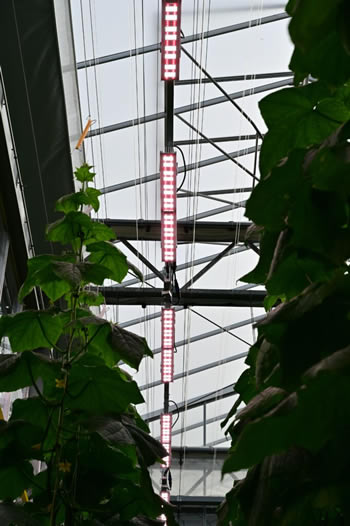
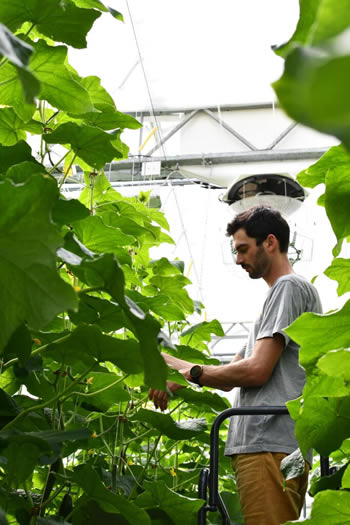
Advanced Light Strategies with helioCORE
Bert Deruyck, points out the usefulness of the helioCORE system in managing lighting strategies. He points out that having detailed information on the distribution of solar and assimilated light at the plant level is crucial for performing high quality light use efficiency analyses with minimal investments. “In our rooftop greenhouse Agrotopia, we were able to uncover some diurnal and seasonal variations in sunlight distribution in our experimental greenhouses,” says Deruyck. “Having Heliospectras system and sensors allowed us to improve our experimental set-ups.”
Deruyck further explains the advantages of the helioCORE software, which provides a detailed overview of the exact light sums the plants receive using Apogee PAR sensors from within the greenhouse. This method is always more accurate than relying solely on measurements from a rooftop meteorological station.
He elaborates, “Especially with the use of different greenhouse covers and different screen materials and screen usage, it is very informative to know how light sums are evolving. Ideally, these measurements are used in the setpoint triggers to run the irrigation scheme.” This precise data collection helps optimize the irrigation process and overall plant health.
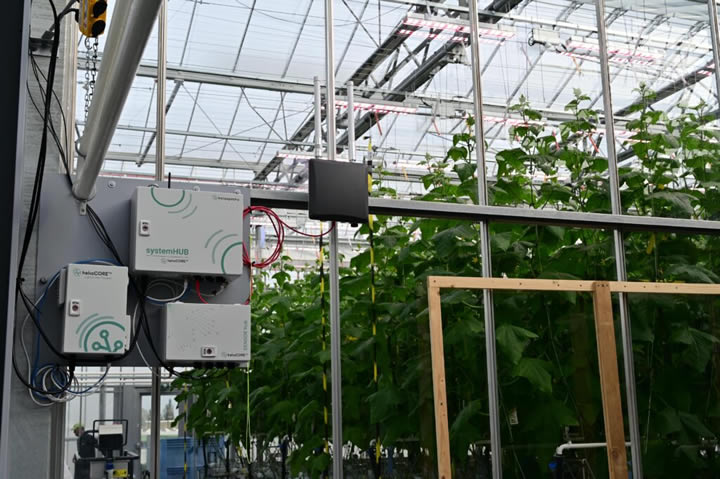
The content & opinions in this article are the author’s and do not necessarily represent the views of AgriTechTomorrow
Comments (0)
This post does not have any comments. Be the first to leave a comment below.
Featured Product

